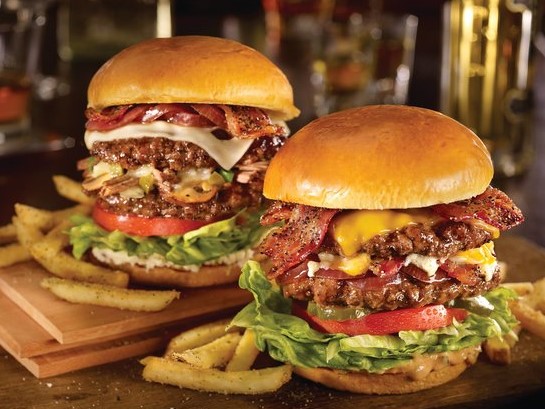
Before you bite into the $6.9bn burger market, check out these trends in the burger market.
Who is eating burgers?
Almost half the revenue in the burger market comes from consumers 34 years and younger, according to IbisWorld’s Fast Food Burger Shops in Australia report. Teens, students and budding career professionals are a major market, with their limited incomes leading them to seek value for money, plus they are not particularly health-conscious.
Customers between 25 and 34 years, who have heightened health awareness and higher income levels, support premium outlets.
Fast-food meal options appeal to the older customers, most often families with young children, but increasing health-consciousness accounts for this demographic’s declining share of revenue.
Older consumers prefer eating out in restaurants or dining at home.
How do franchises manage costs?
Most establishments in the burger business are franchises. The rest are either locally owned burger shops or smaller chains.
McDonald’s and Hungry Jack’s dominate the market, but increased diversification is likely to constrain their revenue. IbisWorld says the industry’s cost structure largely reflects how the two majors work.
As well as smaller portion sizes, there is a focus on reducing waste to minimise costs, says the report. The larger companies contract directly with manufacturers to sidestep wholesale mark-ups.
Profitability has been moderate in the sector, and consumers have been happy to pay for premium products, according to the report.
The fast-food sector is highly labour-intensive, and the introduction of casual contracts lets franchisees manage staffing levels and lower wage costs. Rental payments are still a major cost, especially as stores need to be prominently located in high traffic areas.
Franchisees contribute marketing fees to help fund the significant costs of advertising, a mainstay of big burger brands. Fees are typically 4 or 5 per cent of revenue.
Who is who?
McDonald’s Australia holds 62.3 per cent of the market.
Competitive Foods Australia, which runs the Hungry Jack’s brand through a master franchise agreement with Burger King Corporation, has just 17.3 per cent market share.
Premium player Grill’d, which has company-owned and franchised outlets, has snared 4 per cent of the burger business, while Burger Edge attracts less than 1 per cent market share with its 25 stores.
A bigger bite
Hungry Jack’s chief marketing officer Scott Baird believes its customer base and their preferences have changed significantly over the years.
“Hungry Jack’s continues to reinvent itself and strive to be better as customers demand greater choices and greater transparency,” he says. “Our commitment to ‘better’ has seen major changes to our menu offering over the past year to respond to the evolving preferences of Australians.
“Changes include an industry first with the introduction of cage-free eggs, eliminating added hormones from our 100 per cent Aussie beef burgers, the new Grill Masters gourmet burger range, switching from traditional fries to Thick Cut Chips, new 100 per cent Arabica coffee and improved chicken nuggets,” says Baird.
About 15 per cent of Hungry Jack’s restaurants are owned and run by independent franchisees. Many are family-owned and have been in the business for decades.
Hungry Jack’s first restaurant opened in the Perth suburb in Innaloo in 1971. Forty-five years later the brand has more than 400 restaurants across Australia.
Interested in a burger franchise? Browse the category.

